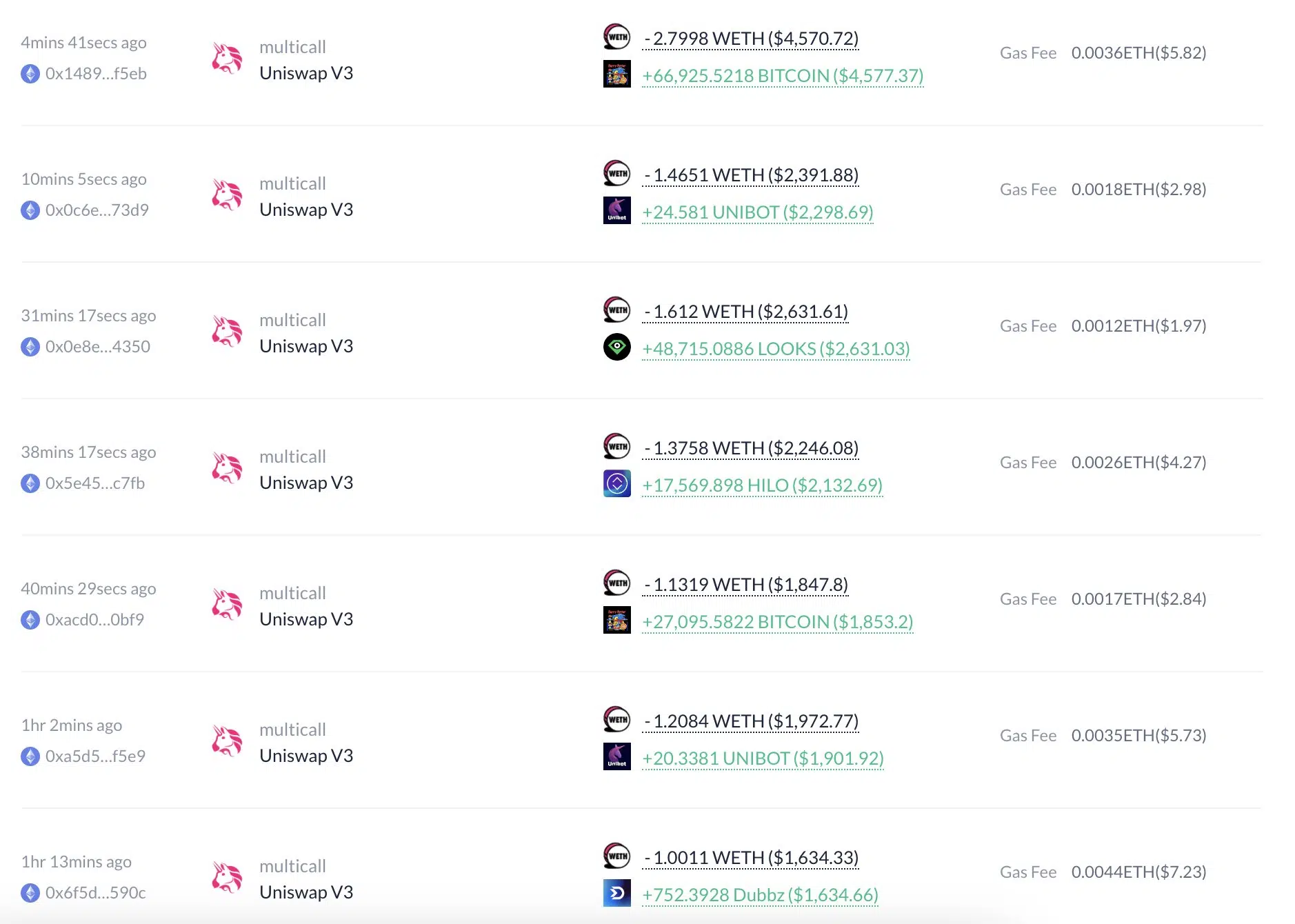Mastering the Market: A Comprehensive Guide to Understanding and Utilizing Daily Forex Signals
In the world of forex trading, daily forex signals are like your scouts, providing valuable information about potential trading opportunities in the global currency markets. These signals represent potential entry and exit points for trading that are based on a thorough assessment of market conditions such as price trends, economic indicators, and technical analysis. Mastering the use of these signals can optimize your forex trading strategy, increasing the potentiality for profitability while mitigating potential risks.
Understanding the Basics of Forex Signals
Forex signals are essentially real-time indicators that communicate information on prospective trading opportunities. Such signals generally comprise key specifics like the currency pair, the action (buy or sell), and the entry, stop loss, and take profit levels. These components express the most favorable conditions under which to open or close a trade. As a trader, appreciating the principles governing such signals aids in formulating a robust trading strategy.
Types of Forex Signals
There are several types of forex signals, categorized by their source and the manner in which they are generated. The signals types include:
- Manual vs. Automated Signals: Manual signals are produced by human analysts, who make trading predictions based on their market understanding, while automated signals are generated by software or robots based on pre-determined criteria.
- Paid vs. Free Signals: Some forex signals are provided free of charge, whereas others are offered for a subscription fee. The decision between the two depends on a trader’s personal choice and financial capability.
- Entry vs. Exit Signals: Entry signals indicate when to enter a trade while exit signals suggest when to close an open position to either secure profits or prevent further losses.
Significance of Forex Signals
Forex signals can hold critical importance for traders by serving as indispensable tools in their arsenal, helping them navigate the complex and volatile forex markets. They:
- Provide real-time, actionable intelligence that helps traders make informed trading decisions.
- Offer a systematic, non-emotional approach to trading, reducing the chances of impulsive or reckless trading decisions.
- Save time and effort in market analysis, especially valuable for part-time traders or beginners finding their footing in the complex forex landscape.
- Minimize trading risks by suggesting suitable stop loss levels – a key component in managing trading risks effectively.
How to Utilize Forex Signals Effectively
Once you comprehend the rationale behind forex signals, the next step is to fill your trading toolbox with them. However, getting the signals is one thing; employing them effectively to get the most out of your trades is another. Here’s how you can optimize your forex signal utilization:
Pick the Right Signal Provider
With a myriad of options on offer, picking the right forex signal provider is a vital step. Consider factors such as the provider’s track record, their transparency (are they clear about their signal generation process?), customer service, and the value for money they provide.
Interpret the Signal Correctly
Interpreting a forex signal correctly is crucial to its successful application. This necessitates understanding key trading terms and abbreviations. For instance, TP stands for Take Profit (the price target), while SL denotes Stop Loss (the maximum loss a trader is prepared to stand).
Implement Signals in Line with Your Trading Strategy
Your trading strategy determines your trading actions. Ensure that your implementation of forex signals aligns with your overall strategy. Random trades opposed to your plan based on signals might end up causing more harm than good.
Combine Signals with Other Market Analyses
Notwithstanding the functionality that forex signals offer, they should never be the only tool used for decision-making. Combine them with fundamental and technical analyses to get a comprehensive market view before making a trading decision.
Understand the Risk/Return Ratio
Every forex signal carries a risk/return ratio which denotes the potential reward versus the risk involved in following the signal. Always consider this ratio before implementing any signal.
Concluding Thoughts
Forex signals, while being a crucial tool for any trader, are not foolproof. They should be seen as supplementary rather than the primary form of making decisions. Additionally, understanding and interpreting these signals effectively requires knowledge and experience in forex trading. As such, traders must invest time in learning about forex markets, signals, and how best to leverage them. Implementing this knowledge will not only give a trader confidence but will also increase the chances of earning a higher return on their trades.
Bonus: A Quick Forex Signal Glossary for Beginners
| Term | Description |
|---|---|
| Buy (or Long) | Indicates a positive market expectation, prompting a buy order |
| Sell (or Short) | Suggests a negative market condition, necessitating a sell order |
| Take Profit (TP) | Indicates the price level at which the trader wishes to close the trade to secure profits |
| Stop Loss (SL) | References the maximum amount of loss a trader is willing to bear |
Related Articles:
- Understanding the Fundamentals of Forex Trading
- Building an Effective Forex Trading Strategy
- Analyzing Forex Market Trends: An Investment Guide
Summary
- Forex signals, a tool used to predict the performance of foreign currency exchange rates, can be advantageous in making informed trading decisions. They can also help traders understand the market better, especially when combined with other analytical methods.
- For novices, familiarization with the concept of daily forex signals is essential. Signals are either free or paid, usually derived from live data feed, and provided by either broker platforms or forex signal service providers. They include key information such as the currency pair to be traded, action (buy/sell), entry price, stop loss, and take profit level.
- Several types of forex signals exist, including manual vs automated systems. While manual systems involve humans analyzing market behavior, automated systems use algorithms for analysis. Both systems come with their respective benefits and limitations.
- The article also discusses the importance of understanding the working of forex signals. They often follow a two-step process: the generation of the signal (either through technical analysis or current events analysis) followed by the signal release.
- The accuracy of these signals is crucial, yet it can vary largely. Some providers boast an accuracy rate of up to 90%, though this is often misleading and usually averages around 60-70%. Trade signals are speculative and should not be fully relied upon.
- To maximize the benefits of forex signals, one must remain realistic, practice risk management, choose the right provider, and validate signals before trading. It is also recommended to utilize them as part of a comprehensive trading strategy instead of wholly relying on them.


